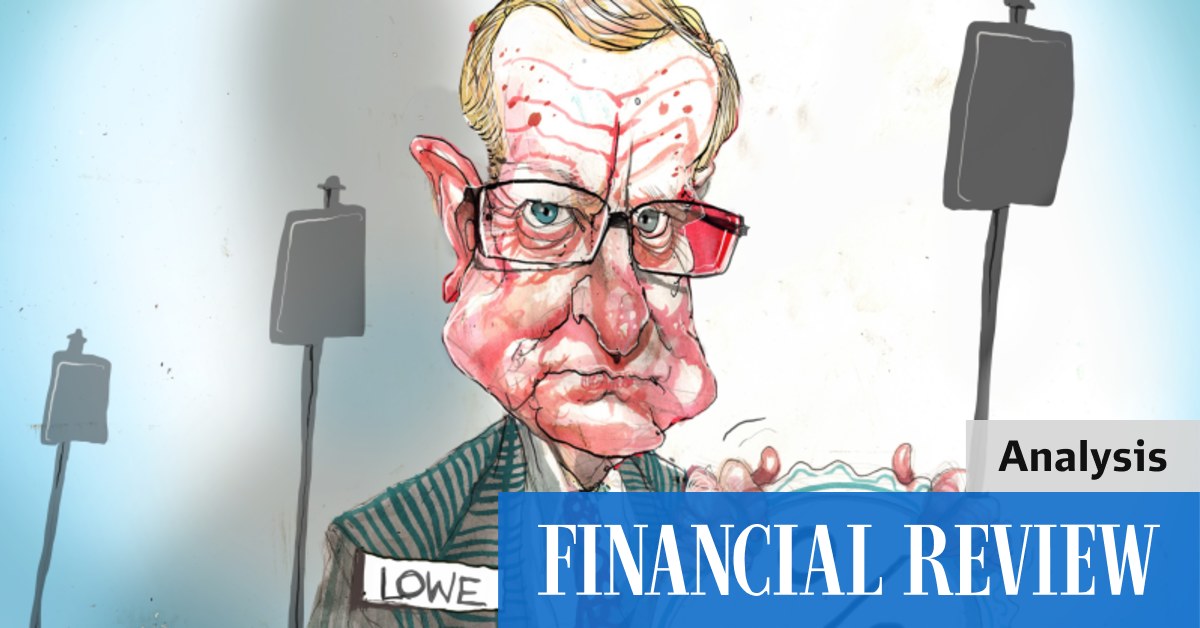With that in mind, Lowe outlined three potential outcomes of the bank’s February board meeting scheduled for Tuesday.
First, cut weekly bond purchases by $4 billion and end the program in May.
Second, reduce the program but with a review in May
And third, ending the program from February.
At the time, just seven weeks ago, Lowe said the first option – termination in May – was consistent with the outlook for jobs and inflation.
Normally just under two months is not long for things to change significantly. But nothing about the COVID-19 pandemic has been normal.
Shortly after that speech, the Bureau of Statistics revealed the largest job creation ever in a single month – 220,000 – and an unemployment rate of 4.6%, down from 5.2% the previous month.
The RBA did not expect this level of unemployment to be reached until June 2022.
A month later, expectations were shattered again when December jobs data showed the jobless rate falling further to a 13-year low of 4.2%, a level the RBA did not report. not expect to reach before the end of 2022.
With most analysts of the view that the all-important unemployment rate without accelerating inflation or NAIRU – the point at which the tightening labor market begins to put upward pressure on wages – is in the 4 , it appears that one of the RBA’s key unemployment criteria, full employment, had been achieved.
Then the December quarter inflation data hit.
Headline inflation jumped to 3.5%, pushed up by global oil prices and the cost of new homes. More importantly, core inflation, the RBA’s preferred measure, beat expectations at 2.6% on the year, solidly within the RBA’s 2-3% target range.
In its November monetary policy statement, the bank predicted inflation of 2.5% by the end of 2023. Again, it looked like another benchmark had been met well ahead of expectations.
Of course, Lowe has always been clear that he wants inflation to be “sustainable” in the band and that he is prepared to be “patient”. In his opinion, this requires wages to increase by 3% or more on an annual basis. The most recent data shows that wages rose only 2.2%.
The RBA has always been skeptical of rapid increases in Australia’s inert wage-setting system, but Commonwealth Bank data suggests the move is well underway, according to its head of Australian economy, Gareth Aird.
The wage price index for the December quarter will be published next month.
On the functioning of the bond market, there has been a lot of volatility in recent weeks, but this is understandable given the data. This is not the main concern of the RBA either.
Instead, the bank will look at bid-ask spread and market depth, both of which work as they should.
Behind the others
Which leaves the actions of other central banks.
From the start, Lowe was clear that the RBA would likely lag behind other central banks in normalizing monetary policy, but that doesn’t mean it can do so for too long. The strong signal from the US Federal Reserve overnight that it would start raising rates from March will add pressure locally.
On the other side of Tasmania, the Reserve Bank of New Zealand has already hiked rates twice. The Bank of England began its rate hike cycle late last year. Both are expected to continue to increase their cash rate during 2022.
Although touted as the key move for the future of the bank’s bond buying program, the fall of these dominoes is necessary for the RBA to start raising rates.
It has long been argued that the $350 billion bond-buying program should end before the next cycle of rate hikes can begin.
Just seven weeks ago, the message from the RBA was that the likely timing of the first rate hike would be 2024, or possibly late 2023, but that position seems increasingly untenable.
For a long time, Lowe’s position has been that the central bank would act on data, not timing, but that message has often clashed with strong statements from the governor about the bank’s expectations.
With the first RBA board meeting of the year scheduled for next week and an address from the National Press Club for the following day, he will face a tricky communications task. There will be no room for allusive language.

